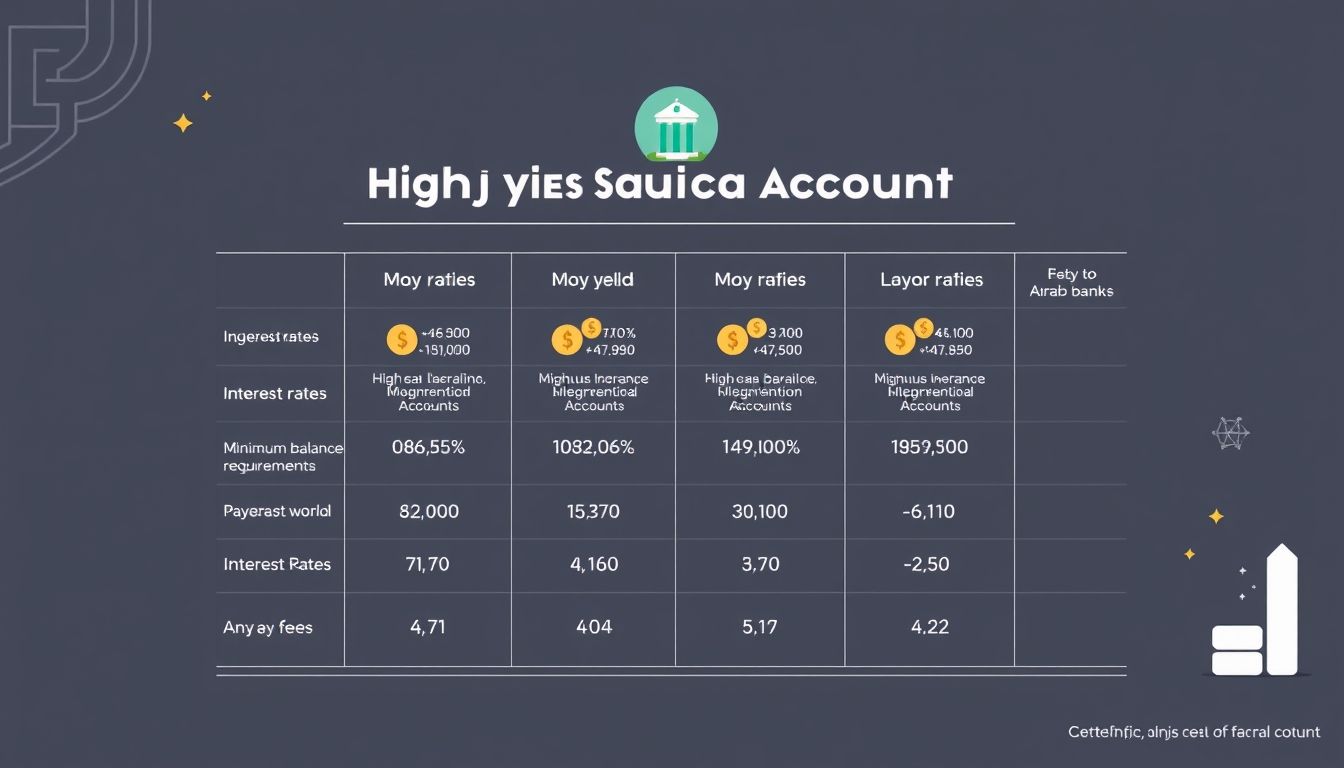Introduction: Why Smart Saving is Essential
In today's world, where financial pressures are increasing and markets are fluctuating, smart saving from your monthly salary becomes a necessity, not just an option. It is the foundation upon which you build your long-term financial goals, whether it's buying a house, securing your children's future, or retiring early. Smart saving is not just about reducing expenses, but about managing your money wisely and efficiently to maximize its benefits.
Chapter 1: Analyzing Your Current Financial Situation
Before starting any savings plan, it's essential to understand your current financial situation accurately. This includes calculating your net monthly income (after taxes and insurance) and identifying all your fixed and variable expenses. Use a simple table to record this data:
| Type of Income/Expense | Monthly Amount |
|---|---|
| Net Salary | ... |
| Rent/Mortgage | ... |
| Utilities (Electricity, Water, Internet) | ... |
| Food and Drinks | ... |
| Transportation | ... |
| Entertainment | ... |
| Debts (Loans, Credit Cards) | ... |
| Other Expenses | ... |
After compiling this data, calculate the difference between your income and expenses. If the difference is positive, it means you have a surplus that you can save. If the difference is negative, it means you are spending more than you earn, and you need to take immediate action to reduce expenses.
Chapter 2: Setting SMART Financial Goals
SMART financial goals are Specific, Measurable, Achievable, Relevant, and Time-bound. For example, instead of saying "I want to save money," set a goal like "I want to save $10,000 within 12 months to buy a used car."
Examples of SMART financial goals:
- Buying a House: Saving 20% of the house value as a down payment within 5 years.
- Early Retirement: Accumulating enough money to cover living expenses for 25 years upon retirement.
- Children's Education: Saving a specific amount per child to cover university costs.
Chapter 3: The 50/30/20 Rule: A Guide to Expense Allocation
The 50/30/20 rule is a simple and effective way to divide your monthly salary and allocate a portion of it to savings. Here's how it works:
- 50% for Needs: This percentage covers essential expenses such as rent, utilities, food, and transportation.
- 30% for Wants: This percentage covers non-essential expenses such as entertainment, travel, and hobbies.
- 20% for Savings and Debt Repayment: This percentage covers saving for your financial goals and repaying any outstanding debts.
These percentages can be adjusted to suit your personal circumstances, but the basic rule is to allocate a portion of your salary to savings and debt repayment.
Chapter 4: Reducing Unnecessary Expenses
After analyzing your financial situation and setting your goals, look for ways to reduce unnecessary expenses. This may include:
- Reducing Eating Out: Instead, prepare your meals at home.
- Canceling Unused Subscriptions: Such as gym memberships or streaming services that you don't use regularly.
- Comparing Prices Before Buying: Use price comparison apps to find the best deals.
- Taking Advantage of Deals and Discounts: Look for deals and discounts before buying.
Chapter 5: Building an Effective Monthly Budget
A monthly budget is a powerful tool that helps you track your spending and control it. Use a budgeting app or a simple spreadsheet to record all your expenses and identify areas where you can reduce spending. Try to stick to your budget as much as possible, and review it regularly to identify any necessary adjustments.
Chapter 6: Innovative Saving Methods
There are many innovative methods you can use to increase your savings, such as:
- The 52-Week Challenge: In the first week, save a small amount (such as $10), then gradually increase the amount each week.
- The 24-Hour Rule: Before buying anything non-essential, wait 24 hours to assess whether you really need it.
- Automatic Saving: Set up an automatic transfer from your checking account to your savings account at the beginning of each month.
Chapter 7: Investing Savings for Growth
Saving alone is not enough to achieve financial independence. You must invest your savings to achieve growth. There are many investment options available, such as:
- Stocks: Buying shares of companies listed on the stock exchange.
- Bonds: Lending money to the government or companies in exchange for interest.
- Investment Funds: Investing money in a diverse range of assets.
- Real Estate: Buying properties and renting them out or selling them for profit.
Before investing, conduct thorough research and consult a financial advisor to assess the risks and identify the options that are appropriate for your goals.
Chapter 8: Paying Off Accumulated Debt
If you have accumulated debt (such as loans or credit cards), it's essential to pay it off as soon as possible. Debt weighs you down and hinders your ability to save and invest. Focus on paying off the debts with the highest interest first, and try to negotiate with creditors for better repayment terms.
Chapter 9: The Importance of an Emergency Fund
An emergency fund is a savings account dedicated to covering unexpected expenses, such as job loss or emergency home repairs. The emergency fund should contain enough to cover living expenses for at least 3-6 months. This fund provides you with financial security and protects you from falling into debt in case of emergencies.
Chapter 10: Continuous Review and Adjustment
The financial situation is not static, but changes constantly. Therefore, it is necessary to review your savings plan and budget regularly and adjust it to suit your changing circumstances. Evaluate your financial goals, review your investments, and identify any areas where you can improve your performance. Continuing to learn and develop your financial skills will help you achieve financial independence in the long run.




